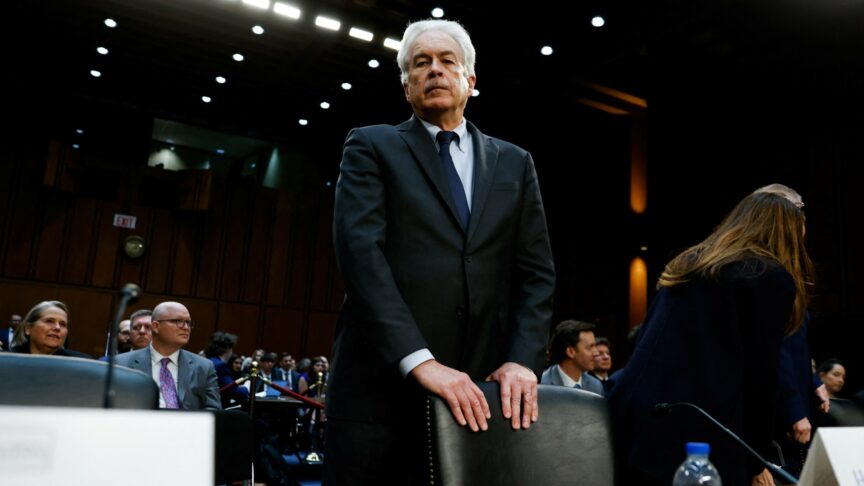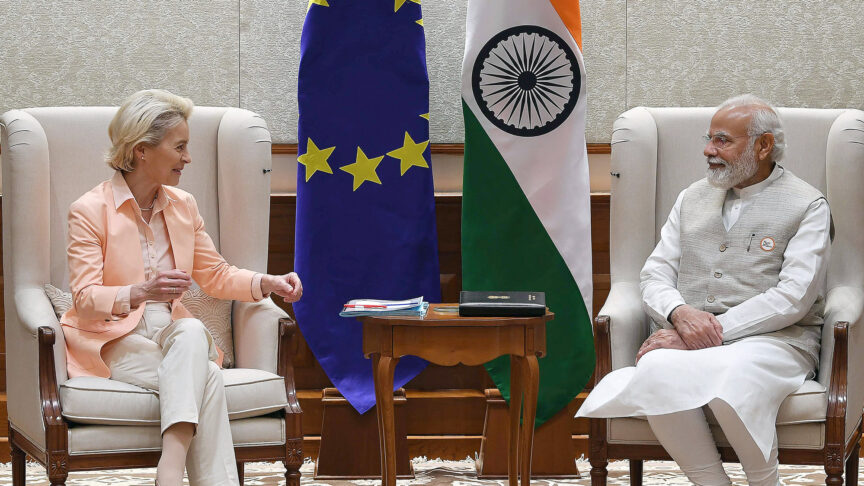Working with the Western Balkans
In 2015, of the main migratory routes to Europe by both land and sea, the one through the Western Balkans has been the busiest.
Starting in Turkey, the route heads west into Greece and then into the Western Balkans, at present primarily via Macedonia and Serbia. According to the International Organization for Migration (IOM), as of 10 February, Macedonia registered a total of 74,690 migrants and refugees since the start of 2016 averaging almost 2000 migrants per day. In the same period, 76,060 migrants and refugees were registered in Serbia and 85,215 in Croatia with an average of 2,082 registered per day. Amongst the factors that have contributed to this route becoming one of the busiest is the construction of border fences by both Greece (2012) and Bulgaria (2014) along their southern borders with Turkey.
The different states of the Western Balkans have advanced their capacities unevenly. In Serbia there are several aid points along the border as well as five reception centres.Macedonia’s progress in aligning its legal framework with international standards is slower, with only one border reception centre for asylum-seekers in the town of Gevgelija. In Macedonia the EU-funded projects primarily focus on renovating border police stations, fighting against trafficking in human beings and strengthening police capacity for border management.
In the last few months, the Paris attacks as well as the New Year's Eve assaults in Cologne reinforced security concerns and a sentiment of fear amongst EU citizens. Hungary built a wire fence on its border with Serbia and started doing the same on its frontier with Croatia. The high intensity border situation between Serbia and Croatia turned into a trade war at the end of 2015; at the beginning of 2016 thousands of refugees were stranded at border checkpoints between Macedonia and Greece as Macedonia restricted access to Afghan refugees, only allowing Syrian and Iraqis to enter. This resulted from Austria’s decision to limit refugee asylum claims to 80 per day.
At the same time as the EU was concluding its joint action plan with Turkey, Albania, Bosnia-Herzegovina, Macedonia, Kosovo, Montenegro, Serbia and Turkey were included in a ‘safe countries of origin’ list. And after the introduction of the ‘hotspots’ concept, processing centres were set up in Macedonia and Serbia and European migration liaison officers were deployed in third countries, including Serbia. The European Commission reported that the Civil Protection Mechanism has been triggered by Serbia, Slovenia, Croatia and Greece; a Rapid Border Intervention Team has been deployed in the Aegean Sea by the request of Greece (in the course of 2015, Operation Triton and Operation Poseidon rescued over 250,000 people); FRONTEX operations were implemented on the borders between Greece and Macedonia as well as Bulgaria and Turkey; over 200 guest police officers were sent to Slovenia to help with border management. A number of international humanitarian organisations work on the ground at border crossings to provide medical and humanitarian aid for refugees and asylum seekers.
As it is clearly evident, the root causes of the refugee crisis need to be tackled in order for the crisis to be contained and solely focusing on financial aid and a major action plan for Turkey will not be sufficient. Even if the ceasefire in Syria holds and a political solution is reached the flow of Syrian refugees fleeing will not immediately cease and refugees from Afghanistan, Iraq and other origin countries will continue to migrate.
The EU should recognise that it is in this together with the Western Balkans. They have to be brought into the mechanism for dealing with the refugee crisis, including decision-making, and not be merely an afterthought. Some of the countries, such as Albania and Serbia, have also indicated that they are willing to take a share of refugees as part of the relocation scheme. Setting up new and strengthening existing reception capacities in countries along the Western Balkans route (hotspots, aid points, and reception points) should not be seen as short-term aid but as a long-term investment. Financial aid by international institutions should be raised and distributed amongst Western Balkans countries with the frailest reception infrastructure and the lowest capacity to handle the growing number of arrivals. FRONTEX work at relevant borders should be continued in order to prevent human trafficking and illegal crossings – a visibly regulated and controlled refugee flow is the best answer to security fears, abused domestically by a wide spectrum of political parties.
As it has become evident by now, building fences alone will not stop the flow of refugees – it just ends up influencing the route of choice. Avoiding any unilateral decisions in relation to this issue should be the top priority during any internal EU discussions. Unilateral fence constructions, closing borders or limiting asylum claims result in an unbalanced distribution of refugee burden that often forces the greatest weight onto those with the narrowest shoulders. This then often ends up with critical situations at border crossings or with more casualties due to refugees forced to choose riskier routes.
Dealing with the crisis should not come at the expense of new barriers being erected in the Western Balkans. For the first time since the end of the wars in the collapsing Yugoslavia, regional trade and investment has become major driver of economic growth in the Balkans. Building walls will not stop the refugees but will definitely be a hurdle for constructive relations, and notably trade, among countries. Should the EU not get its act together within the EU borders, it will turn into exporter of instability instead of stability to the region.
The European Council on Foreign Relations does not take collective positions. ECFR publications only represent the views of their individual authors.


